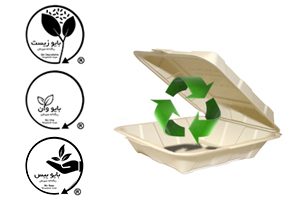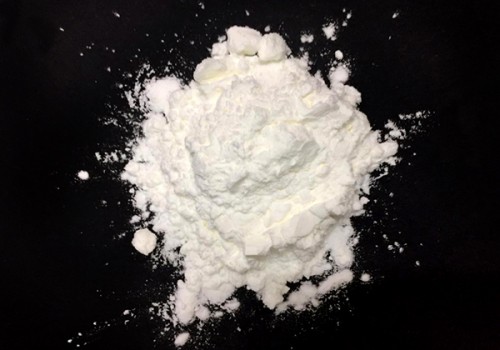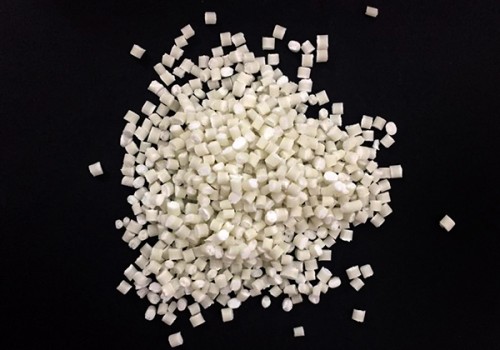Biodegradable Compounds

Bio Degradable, Bio One and Bio Base Rangdaneh Sirjan has been Registration in State Organization for Registration of Deeds and Properties (Intellectual Property Center)
Bioplastics advantages (saving fossil resources and carbon neutrality) makes them an appropriate substitute for fossil fuel resources. According to European bioplastics, “the global market for bioplastics is predicted to grow by roughly 25 percent over the next five years”. This is while Asia, as a major production hub, has over 50 percent of the regional capacity. Following the ultimate goal of sustainable future, RANGDANEH SIRJAN believes in improving biomass production. It pursues the international goal of a healthier ecosystem besides better protection from a climate change. From the national point of view, by focusing on sixth five years’ development plan, environmental issue is considered in production process. To achieve all the above, the production of starch based bioplastics has been fully studied and run as a priority. This is to embrace the circular economy – where goods and materials are used multiple times for a variety of purposes as a first step towards a sustainable future.
According to european bioplastics, bioplastics are a large family of different materials. there are variety of materilas and applications for bioplastics. a bioplastic can be biobased, biodegradable or it can have both features as well
Bioplastics are biobased, biodegradable, or both.
Biobased: The term biobased means that the material or product is (partly) derived from biomass (plants). Biomass used for bioplastics stems from e.g. corn, sugarcane, or cellulose.
Biodegradable: Biodegradation is a chemical process during which microorganisms that are available in the environment convert materials into natural substances such as water, carbon dioxide, and compost (artificial additives are not needed). The process of biodegradation depends on the surrounding environmental conditions (e.g. location or temperature), on the material and on the application.
Biobased does not equal biodegradable
The property of biodegradation does not depend on the resource basis of a material but is rather linked to its chemical structure. In other words, 100 percent biobased plastics may be non-biodegradable, and 100 percent fossil based plastics can biodegrade.
Two major advantages of biobased plastic products compared to their conventional versions:
- They save fossil resources by using biomass which regenerates (annually) and provides the unique potential of carbon neutrality.
- Biodegradability is an add-on property of certain types of bioplastics. It offers additional means of recovery at the end of a products life.
Find more information in the link below:
https://docs.european-bioplastics.org/2016/publications/fs/EUBP_fs_what_are_bioplastics.pdf
Environmental benefits of bioplastics
Biobased plastics have the unique advantage over conventional plastics to reduce the dependency on limited fossil resources and to reduce greenhouse gas emissions or even be carbon neutral. Consequently, biobased plastics can help the EU to meet its 2020 targets of greenhouse gas emissions reduction. Moreover, bioplastics can make a considerable contribution to increased resource efficiency through a closed resource cycle and use cascades, especially if biobased materials and products are being either reused or recycled and eventually used for energy recovery (i.e. renewable energy).(1)
1. https://www.european-bioplastics.org/bioplastics/environment/
Contribution of the Bio-Based Industries to the SDGs
As global goals for people and planet, the SDGs provide a powerful aspiration for improving our world — laying out where we collectively need to go and how to get there. Fulfilling the SDG ambitions will take an unprecedented effort by all sectors in society — and business has to play a very important role in the process.(2)
2. https://www.unglobalcompact.org/sdgs/about
Bioeconomy
The bioeconomy is at the centre of sustainable development strategies worldwide and contributes to many SDGs2. One of the bioeconomy stakeholders in the EU is the Bio-based Industries Consortium (BIC), representing the private sector in a Public-Private Partnership with the European Union since 2014, known as the Bio-Based Industries Joint Undertaking3 (BBI JU), which kick-started the European bioeconomy by supporting innovative bio-based demonstration and flagship projects.(3)








